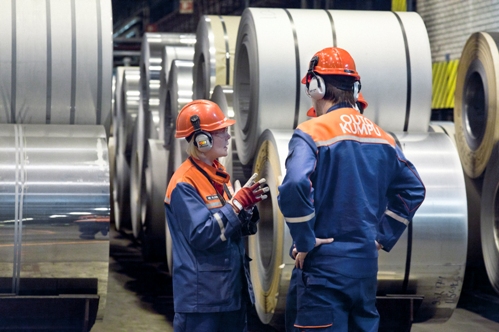Premier Kathleen Wynne says the future of the Thunder Bay Generating Station is still up in the air.
The Ontario leader, in the city for a series of events this week, including Minister of Northern Development and Mines Michael Gravelle’s nomination Tuesday night, said the conversation about the plant is ongoing, but no decisions have been made.
Last year the province decided to halt the conversion from coal to natural gas, stating it would save $400 million.
The Ontario Power Authority also said the power it creates won’t be needed down the road, though the region’s energy task forced begged to differ, presenting a much different – and more prosperous – outlook for Northwestern Ontario’s mining sector.
“It’s one of those fundamentals of infrastructure and conditions that has to be in place for job creation to happen and economic development to happen and economic growth to happen,” Wynne said in a brief media availability on Tuesday morning.
“So we’re committed to making sure that power supply is there and the specifics on that conversion are ongoing,” she said.
























